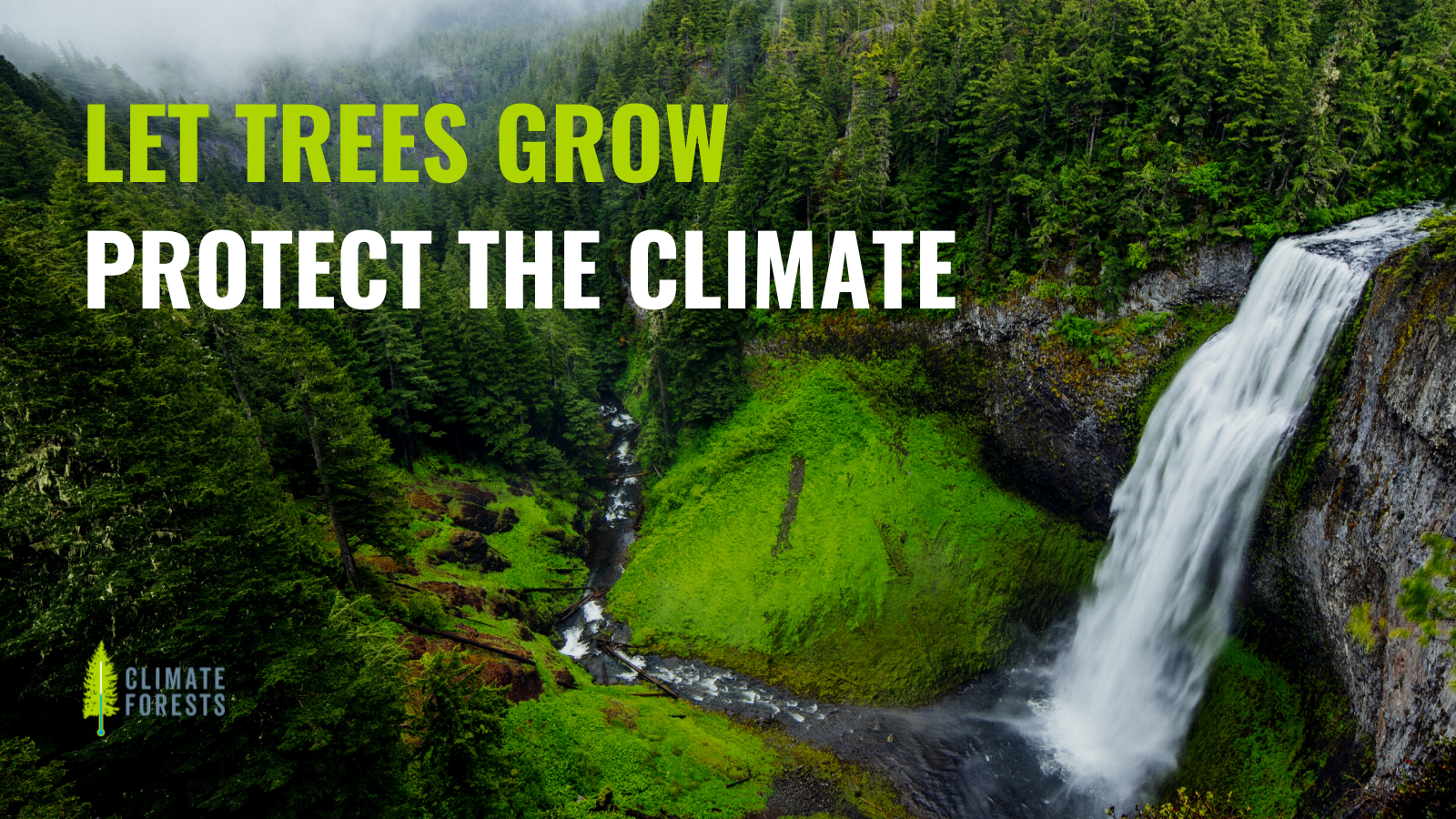Laura Deehan
State Director, Environment California
[email protected]
State Director, Environment California
[email protected]
OAKLAND, CA– A coalition of groups, including Environment California, Center for Biological Diversity, Sierra Club, Wild Heritage and more launched an effort Tuesday called the Climate Forests campaign. It will focus on protecting older and mature trees on federal lands that are most critical in the fight against climate change.
“We are facing twin crises, loss of biodiversity and climate change. Here in California we’ve seen heat waves, drought, and intense wildfires that harm people and wildlife” said Environment California State Director Laura Deehan. “The last thing we should be doing is cutting down the trees that are helping by removing climate-harming pollution, safeguarding wildlife and providing clean drinking water for our communities. We can no longer allow our most valuable trees to be logged. It’s time to adopt a new policy: Let these trees grow.”
The campaign is calling on the Biden administration to kick off a new era of climate and forest policy in which trees and forests are valued as key pieces of the climate solution. Forests—particularly older forests—store vast amounts of carbon and continue absorbing carbon as they age. Logging trees in these areas releases most of that carbon back into the atmosphere. Even under the best case scenario, newly planted forests would not re-absorb this carbon for decades or centuries – timescales irrelevant to avoiding the worst impacts of climate change. Older trees and forests are also more fire resistant. And they help limit the impacts of climate change by slowing soil erosion and moderating temperatures.
In California, federal agencies manage 19 million acres (57%) of the state’s 33 million acres of forests. Species including redwoods, giant sequoias, douglas-firs and ponderosa pines provide home to California condors, bald eagles, bobcats and black bears while absorbing carbon dioxide.
“The Biden administration has pledged to fight climate change, and it needs to recognize that our forests are one tool in their toolbox they don’t need to invent or invest in, our forests” said Environment America Public Lands Campaign Director Ellen Montgomery. “If we’re going to be serious about reducing carbon dioxide emissions, we need to get serious about letting trees grow. Mature trees grow into old trees and both help us fight climate change better than newly planted trees.”
The last comprehensive federal policy to protect national forests, the Roadless Rule, was enacted in 2001 under President Bill Clinton. The Roadless Rule was adopted to protect nearly 60 million acres of designated “roadless areas” from logging and road-building and has been the means of safeguarding much of the remaining old growth. But not all critical trees are included in those roadless areas. Scientists and environmental groups say that it’s time for an update.
“Older forests on federal lands drawdown massive amounts of atmospheric carbon dioxide, serving as a natural climate solution” said Wild Heritage Chief Scientist Dr. Dominick DellaSala. “The science is clear-cut, we cannot get out of the climate and biodiversity global emergencies without protecting these vestiges of our natural biological inheritance. Doing so, would position the US as a global leader that is serious about the president’s pledge at the COP 26 climate summit to end global forest losses whether in the Amazon or here at home.”
###
,

Let trees grow- climate forests campaign
